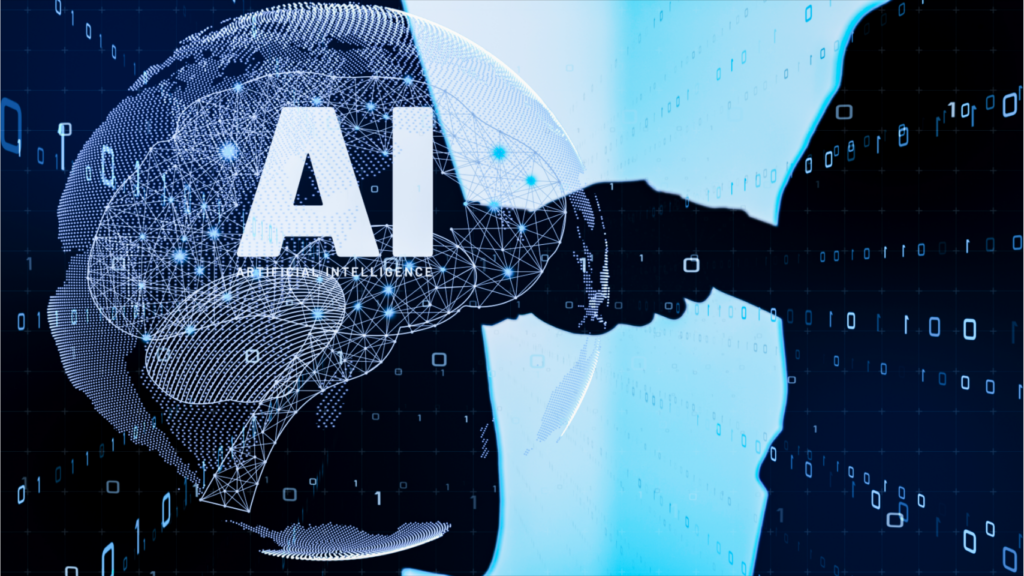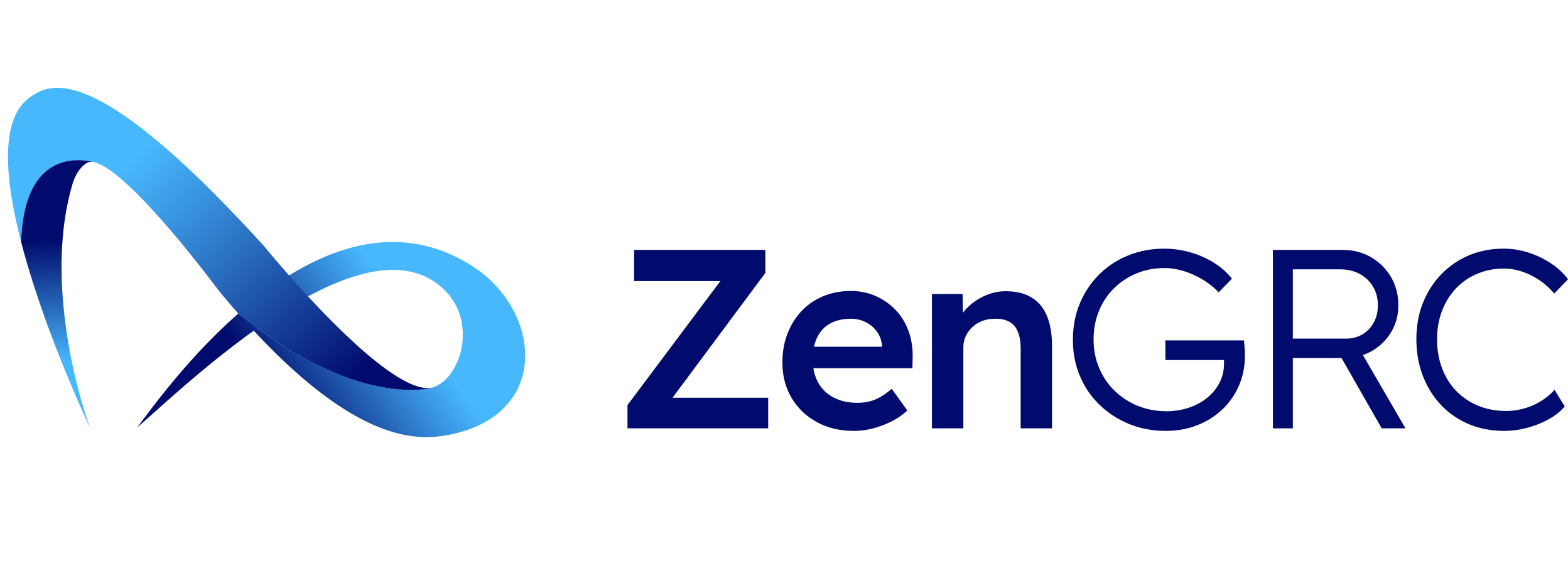
How to Leverage AI to Streamline GRC Compliance: The Future of Automated Auditing
Key Takeaway: Integrating AI into GRC processes transforms traditional audit approaches into real-time, proactive compliance management. It enables automated data collection, continuous monitoring, predictive risk assessment, and intelligent control mapping across compliance frameworks like HIPAA, ISO, SOC, NIST, and FedRAMP.
Quick Navigation
- Continuous Monitoring Paradigm
- AI-Powered Compliance Capabilities
- Human-AI Collaboration
- Implementation Best Practices
- ZenGRC AI Solutions
- Frequently Asked Questions
Key Terms
AI-Powered GRC: The integration of artificial intelligence technologies into governance, risk, and compliance processes to automate and enhance decision-making.
Continuous Monitoring: Real-time, ongoing assessment of compliance posture and risk exposure rather than periodic, point-in-time evaluations.
Automated Auditing: The use of AI and machine learning to automate audit processes including evidence collection, control testing, and reporting.
Intelligent Control Mapping: AI-driven process of automatically identifying and mapping overlapping controls across multiple compliance frameworks.
Predictive Risk Assessment: AI capability to forecast potential compliance issues and security vulnerabilities before they occur using historical data and trend analysis.
The AI Revolution in GRC: From Reactive Compliance to Proactive Management
In the evolving Governance, Risk, and Compliance (GRC) landscape, staying ahead is no longer just an advantage—it’s a necessity. As organizations grapple with increasingly complex regulatory environments, artificial intelligence integration into GRC processes is a game-changing solution.
Experience Signal: Organizations implementing AI-powered GRC solutions reduce audit preparation time by up to 60%, improve compliance accuracy by 45%, and decrease regulatory violations by 70% compared to traditional manual approaches.
This transformation affects compliance management across various frameworks including HIPAA, ISO, SOC, NIST, and FedRAMP through automated and streamlined audit processes.
The Continuous Monitoring and Auditing Paradigm
GRC is shifting toward continuous monitoring and auditing instead of traditional periodic, point-in-time audits. The updated approach addresses limitations of conventional auditing in today’s fast-paced, digital-first business environment.
Continuous Monitoring and Auditing Advantages:
- Real-Time Visibility: Provides up-to-the-minute insights into organizational compliance posture and risk exposure
- Proactive Risk Management: Enables immediate detection and addressing of compliance gaps or potential risks before they escalate
- Improved Accuracy: Reduces human error while offering comprehensive compliance views over time through automated data collection
- Efficiency and Cost Savings: Delivers significant time and cost savings by reducing resource-intensive periodic audit requirements
- Regulatory Adaptability: Facilitates quick adaptation to evolving compliance requirements and changing regulatory landscapes
Challenges of Continuous Monitoring
Implementing continuous monitoring requires sophisticated technological infrastructure and robust data management practices. Organizations must handle the volume, velocity, and variety of data required for effective continuous compliance oversight.
Artificial intelligence is crucial in addressing these challenges. AI technologies are uniquely suited to process massive data streams through machine learning algorithms, natural language processing, and advanced analytics. It makes continuous monitoring possible and efficient for organizations of all sizes.
Key AI-Powered Compliance Capabilities
AI can be leveraged many ways to streamline compliance with various frameworks and transform traditional audit processes:
1. Automated Data Collection and Analysis
AI algorithms continuously collect and analyze vast data amounts from different sources. This capability is particularly valuable for HIPAA compliance, which requires constant monitoring of protected health information (PHI).
AI checks access logs, identifies unusual patterns, and flags potential breaches in real-time. This ensures ongoing compliance, and significantly reduces manual audit effort.
2. Intelligent Control Mapping
AI automates time-consuming control mapping across different compliance standards. It knows the requirements of various frameworks (NIST 800-53, ISO 27001, SOC 2) and intelligently maps overlapping controls.
Automation saves time, while assuring comprehensive and accurate mapping. This reduces risks of overlooking critical compliance areas during assessments.
3. Predictive Risk Assessment
AI’s predictive capabilities revolutionize risk assessment by analyzing historical data and current trends. For FedRAMP compliance, AI predicts potential security vulnerabilities based on system changes or user behavior patterns.
This foresight enables preemptive measures to maintain continuous compliance instead of reacting to issues found during traditional audits.
4. Natural Language Processing for Policy Management
AI-powered NLP analyzes regulatory updates, compares them with existing policies, and suggests necessary modifications. This is particularly useful for frameworks like ISO, which are revised periodically.
AI assures that organizational policies stay aligned with latest standards without requiring constant manual review and updates.
5. Automated Evidence Collection and Submission
AI significantly streamlines evidence collection by understanding different framework requirements and automatically collecting, categorizing, and formatting evidence. SOC audits require extensive evidence collection, so automation dramatically reduces time and resource investment.
Automated systems make sure that evidence is complete and they maintain proper documentation for audit submissions.
6. Continuous Control Testing
AI enables continuous assessment of control effectiveness instead of periodic testing. For NIST frameworks that emphasize ongoing security assessments, AI continuously tests controls, simulates attacks, and verifies effectiveness of security measures.
This ensures controls are not just in place, but are functioning properly across organizational environments.
7. Intelligent Reporting and Dashboards
AI transforms raw compliance data into actionable insights through intelligent reporting and dynamic dashboards. These tools provide real-time compliance status across multiple frameworks, highlight concern areas, and track progress over time.
Executives and auditors get clear, up-to-date views of organizational compliance posture across all relevant frameworks.
Human-AI Collaboration in GRC
AI Is a Tool, Not a Replacement
While AI has tremendous potential in automating GRC processes, it is as a powerful tool that enhances human decision-making rather than replacing expertise. AI enables GRC professionals to focus on strategic, high-value activities that require nuanced judgment and contextual understanding.
GRC professionals’ roles are evolving to interpret AI-generated insights, make complex decisions, and provide context that AI might miss. This human-AI collaboration leads to more robust, efficient, and effective compliance management outcomes.
Value of Human Expertise in AI-Enhanced GRC
Human expertise remains essential for strategic interpretation, contextual decision-making, stakeholder communication, and ethical oversight of AI systems. Professionals judge complex scenarios, assure that AI recommendations align with business objectives, and maintain accountability for compliance outcomes.
The combination of AI efficiency with human expertise creates optimal GRC management. AI handles data processing and pattern recognition, while humans provide strategic direction, exception handling, and stakeholder engagement.
Best Practices for Implementing AI in GRC Strategy
1. Start with Clear Objectives: Define specific goals for AI integration in GRC processes, including desired outcomes, success metrics, and timeline expectations for implementation phases.
2. Assure Data Quality: AI effectiveness depends on data quality. Establish data governance processes, validation procedures, and cleansing protocols so information is accurate, complete, and timely.
3. Integrate Across Systems: Ensure AI solutions can pull data from various organizational sources including ERP systems, security tools, HR platforms, and external data feeds for comprehensive visibility.
4. Maintain Transparency: Develop explainable AI capabilities to understand how algorithms arrive at conclusions, especially critical for audit purposes and regulatory requirements.
5. Continuously Train and Update: As regulations and organizational contexts change, provide AI models ongoing training, updates, and validation to maintain accuracy and relevance.
Implementation Challenges
Common implementation challenges include data integration complexity, change management resistance, skill gaps in AI understanding, and regulatory uncertainty about AI use in compliance. Organizations should plan for these challenges with appropriate resources and timelines.
Success requires executive support, cross-functional collaboration, and phased implementation. Organizations benefit from starting with pilot projects, measuring results, and scaling successful implementations across broader GRC functions.
ZenGRC AI Solutions
ZenGRC is a leader in AI-powered GRC management through its comprehensive platform that supports AI integration, while providing necessary oversight and control.
ZenGRC’s capabilities go beyond using AI to support continuous monitoring and interconnected GRC processes. The platform provides real-time insights, automated workflows, and integrated risk management for organizations leveraging AI in GRC strategies.
ZenGRC and Schellman Integration
ZenGRC has partnered with Schellman to offer integration that further streamlines audit processes. This collaboration enables automated workflows that optimize the entire audit lifecycle.
Integration Capabilities:
- Link ZenGRC audits directly to existing Schellman projects automatically
- Create data requests in ZenGRC for each Schellman data request seamlessly
- Send evidence from ZenGRC to Schellman when requests are submitted
This partnership combines ZenGRC’s robust compliance management platform with Schellman’s industry-leading audit services. It creates synergy that addresses the full spectrum of GRC needs, while perfectly aligning internal compliance efforts and external audit requirements.
Frequently Asked Questions
How does AI improve audit accuracy compared to traditional methods? AI improves audit accuracy by eliminating human error in data collection and analysis, providing comprehensive data coverage, detecting patterns humans might miss, and maintaining consistent evaluation criteria across all assessments. Continuous monitoring also captures real-time changes rather than point-in-time snapshots.
What compliance frameworks benefit most from AI integration? Frameworks with extensive data requirements, like HIPAA, SOC 2, and FedRAMP, benefit significantly from AI automation. Complex frameworks that require continuous monitoring, like NIST and ISO, also see substantial improvements through AI-powered continuous assessment and predictive analytics.
How can small organizations implement AI-powered GRC without large budgets? Small organizations can start with cloud-based AI-powered GRC platforms that offer subscription models, focus on high-impact use cases like automated evidence collection, partner with AI-enabled service providers, and gradually expand AI capabilities as they demonstrate ROI and grow.
What skills do GRC professionals need to work effectively with AI? GRC professionals need data literacy to interpret AI outputs, understanding of AI limitations and biases, ability to validate AI recommendations against business context, skills in change management for AI adoption, and knowledge of AI governance and ethical considerations.
How do regulators view AI use in compliance and auditing? Regulators are increasingly accepting AI use in compliance when organizations maintain transparency, explainability, and human oversight. Key requirements include demonstrating AI decision-making processes, maintaining audit trails, and having human accountability for AI-assisted compliance decisions.
What ROI can organizations expect from AI-powered GRC implementations? Organizations typically see 40-60% reduction in audit preparation time, 30-50% decrease in compliance costs, 45-70% improvement in risk detection accuracy, and 20-40% reduction in regulatory violations within 12-18 months of implementation.
Building Your AI-Enabled GRC Future: Next Steps for Strategic Implementation
As regulatory landscapes evolve and expand, leveraging AI in GRC processes is no longer optional—it’s becoming necessary. By automating data collection, enabling continuous monitoring, and providing predictive insights, AI empowers organizations to maintain robust compliance across multiple frameworks efficiently.
Success lies in choosing the right tools and approaches. ZenGRC, with comprehensive features and innovative integrations, enables more efficient, effective, and proactive GRC management.
The modern platform streamlines GRC efforts, enhances compliance posture, and prepares organizations for the future of AI-driven governance, risk, and compliance management.Are you ready to explore how AI-powered GRC solutions can transform your compliance processes? Schedule a demo.
